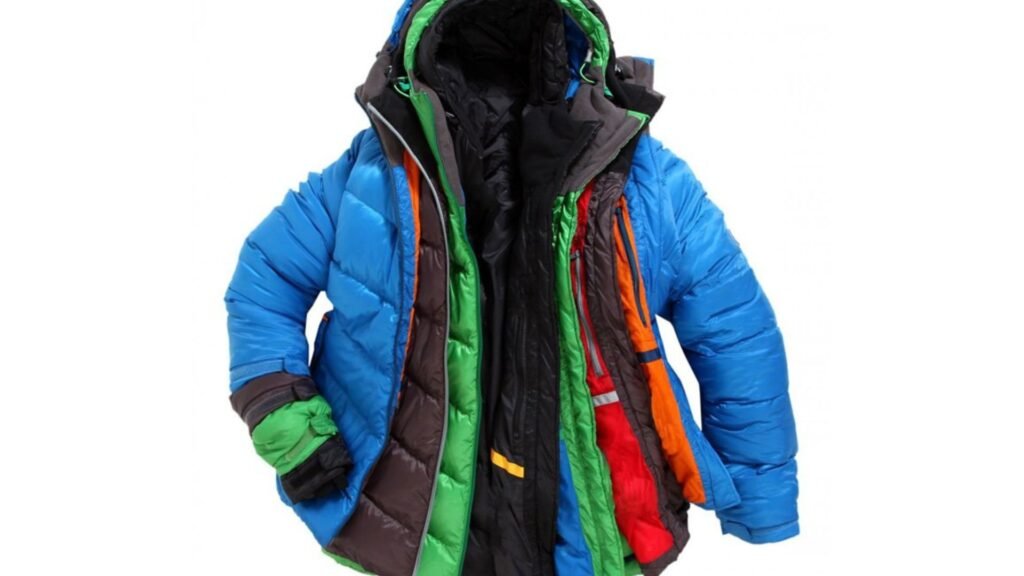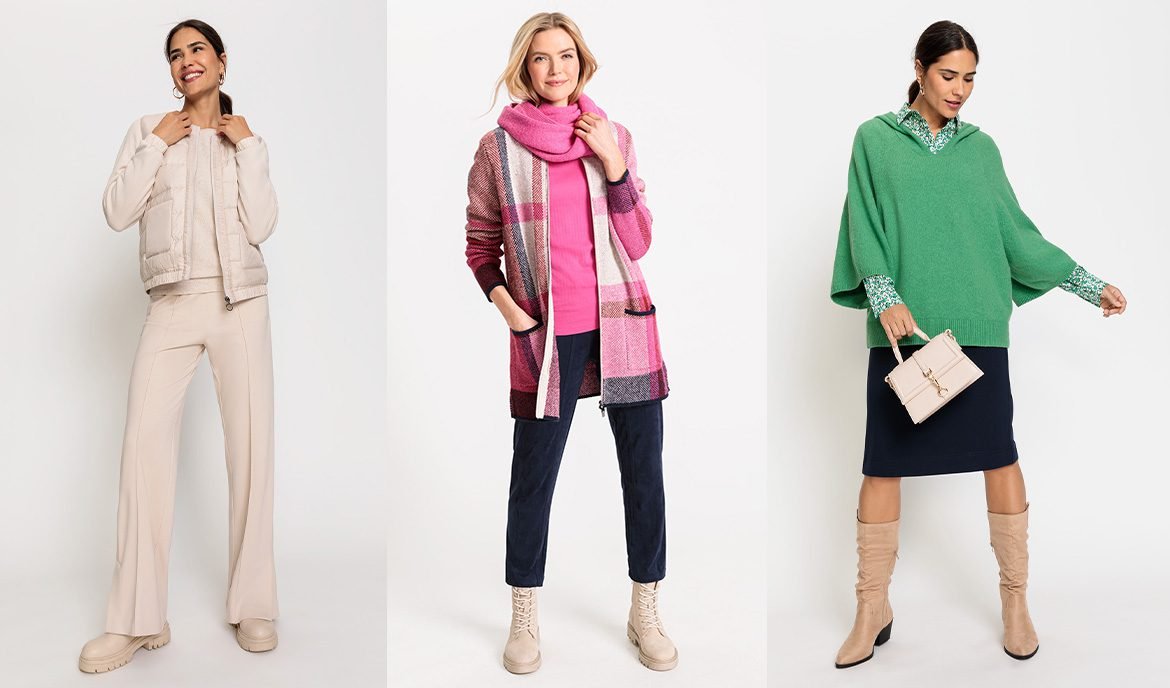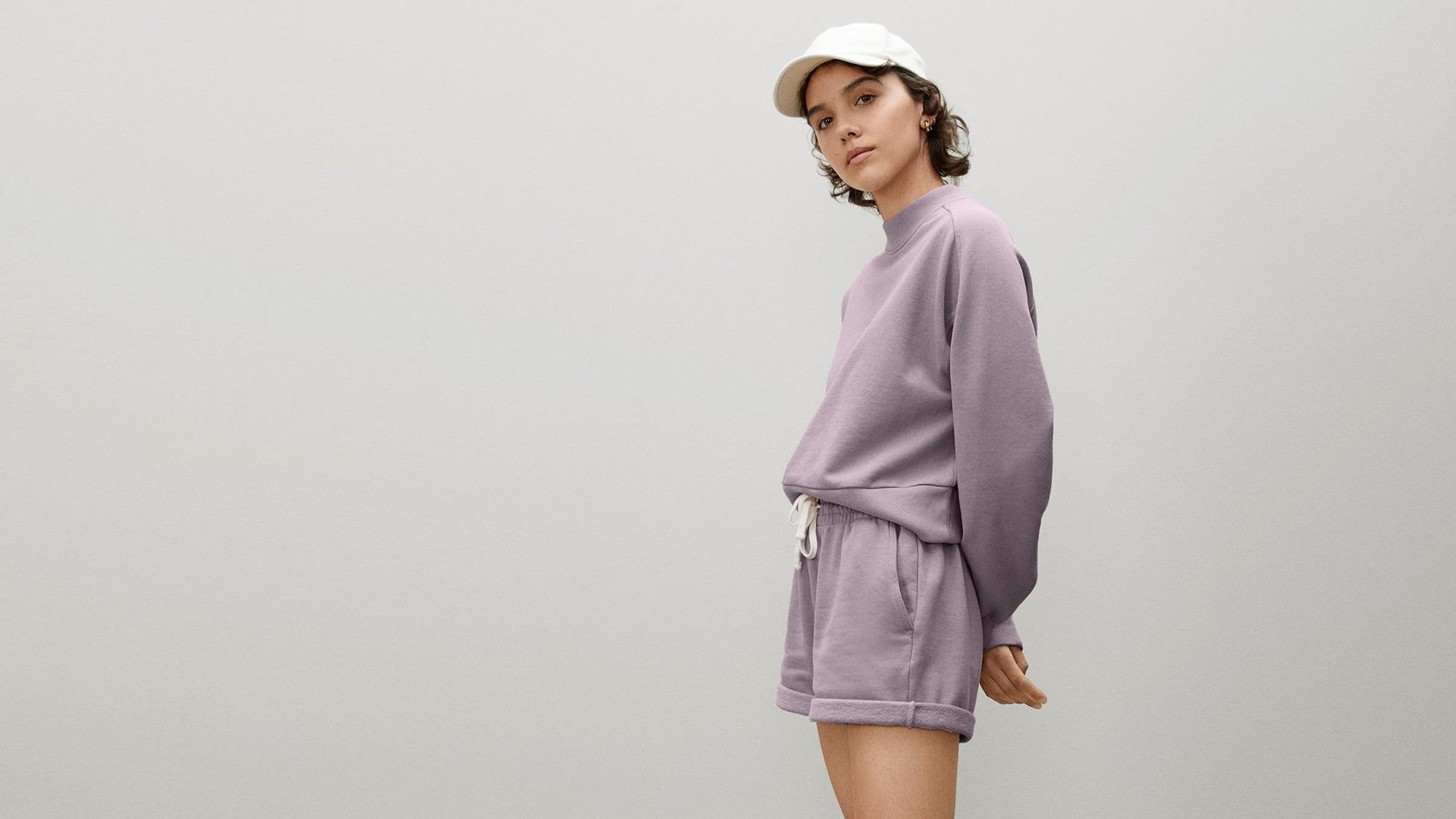Layering clothes effectively allows you to stay comfortable and stylish in various weather conditions. Mastering the art of layering not only helps you adapt to changing temperatures but also enhances your overall outfit. Here’s how to layer clothes for different weather conditions:

Understanding the Basics of Layering
- Base Layer: This is the layer closest to your skin, designed to wick moisture away and provide comfort. Choose materials like moisture-wicking synthetics or lightweight merino wool for this layer.
- Middle Layer: The middle layer provides insulation and retains body heat. Opt for fleece, down, or lightweight sweaters to keep warm.
- Outer Layer: This layer protects against external elements such as wind, rain, or snow. Look for waterproof or windproof jackets and coats for effective protection.
Layering for Cold Weather
- Base Layer: Wear a thermal or moisture-wicking shirt to keep sweat away and retain warmth. Opt for long-sleeve options if it’s particularly cold.
- Middle Layer: Add a sweater, fleece jacket, or down vest to trap heat. Layering multiple middle layers can offer extra warmth.
- Outer Layer: Choose a well-insulated, water-resistant coat or parka. Look for features like adjustable hoods and cuffs to block out cold winds.
Layering for Mild Weather
- Base Layer: A lightweight, breathable shirt or top works well. Cotton or moisture-wicking blends can be comfortable for this temperature range.
- Middle Layer: Incorporate a light sweater, cardigan, or hoodie for added warmth. Choose fabrics that provide comfort without overheating.
- Outer Layer: A light jacket or windbreaker can shield you from breezes or light rain. Consider options with ventilation features for added breathability.
Layering for Warm Weather
- Base Layer: Wear a lightweight, breathable top or tank top. Opt for fabrics like cotton or linen that allow for airflow.
- Middle Layer: If needed, use a light, airy shirt or blouse. Ensure it’s loose-fitting to keep cool.
- Outer Layer: A light cardigan or button-down shirt can protect you from sun exposure or provide coverage in cooler evening temperatures.
Layering for Rainy Weather
- Base Layer: Choose moisture-wicking fabrics that keep you dry and comfortable. Avoid heavy or non-breathable materials.
- Middle Layer: A quick-drying, breathable layer like a lightweight fleece or synthetic jacket can offer additional warmth if needed.
- Outer Layer: Invest in a waterproof, breathable rain jacket or trench coat. Look for features like sealed seams and adjustable hoods to keep dry.
Layering for Transitional Seasons
- Base Layer: Wear a versatile top that can be layered with different pieces. Long sleeves or short sleeves depending on the day’s weather.
- Middle Layer: A light sweater or vest can adapt to changing temperatures. Consider options that are easy to remove or add as needed.
- Outer Layer: A medium-weight jacket or windbreaker works well. Choose one with adjustable features to handle varying weather conditions.
Tips for Effective Layering
- Mix and Match: Experiment with different combinations of layers to find what works best for you. Don’t be afraid to adjust based on the day’s weather.
- Fit Matters: Ensure that each layer fits comfortably without restricting movement. Layers should be snug but not tight to allow for easy adjustments.
- Choose Versatile Pieces: Invest in items that can be layered in multiple ways and adapt to various weather conditions. Versatile pieces will maximize the use of your wardrobe.
Conclusion
Mastering the art of layering allows you to stay comfortable and stylish in any weather condition. By understanding the basics of layering and selecting appropriate base, middle, and outer layers for different weather scenarios, you can adapt effortlessly to changing temperatures and environmental factors. Embrace versatility in your wardrobe to ensure you’re prepared for whatever the weather brings.




